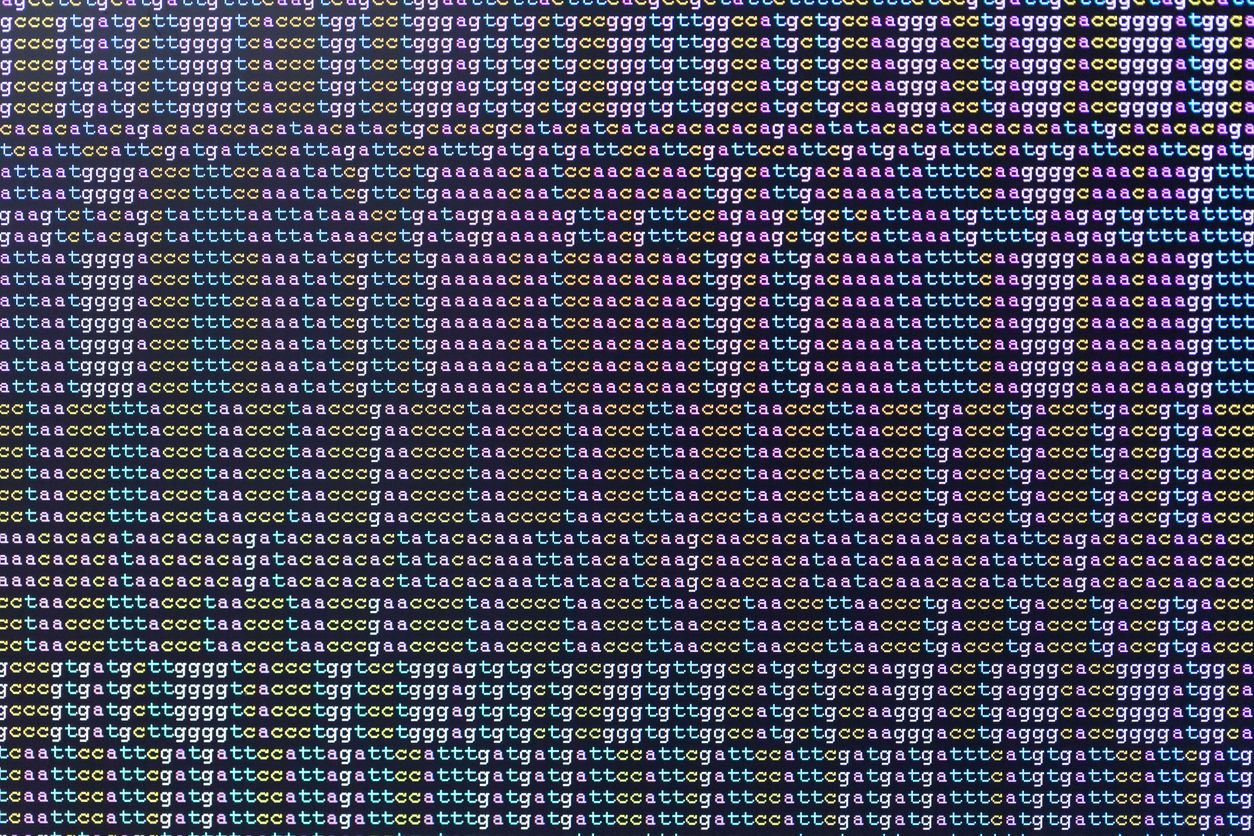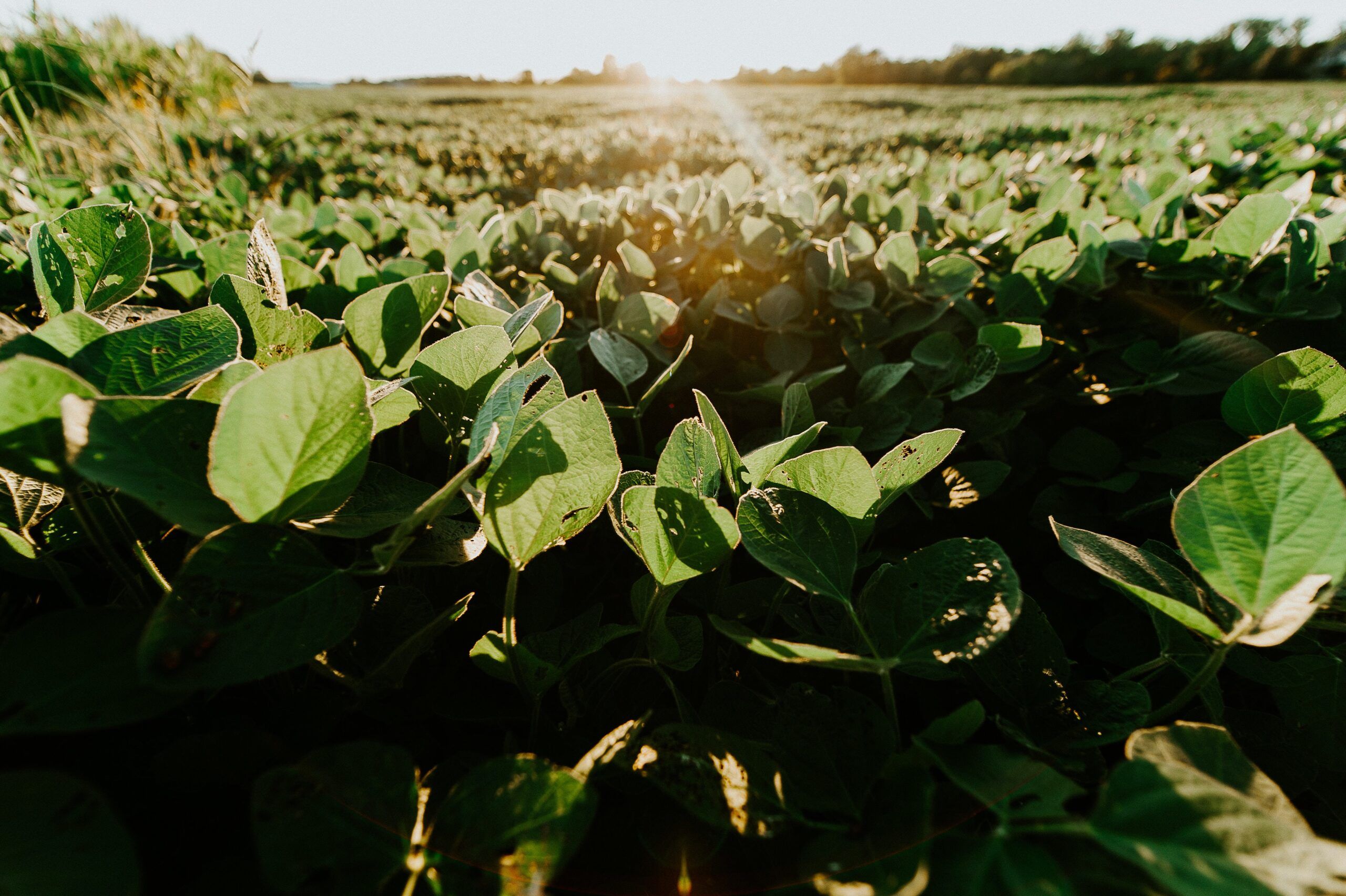Projects
Supporting innovative, cutting edge ideas, the Research Innovation Fund (RIF) provides seed grants for cross-college collaborative projects.
How do I apply?
Project Description
Media
Filters
- Project Types
- All
- Animal Health
- Aquaculture
- Automation and Robotics
- communities
- Communities/Farmers/Relations
- Computational Modeling
- Controlled Environment Agriculture
- Crop Production
- Dairy/Livestock Production
- Data Integration and Processing
- Farmers
- Farmers, Communities, Relationships
- Food Safety
- International Agriculture
- Iot and Networks
- Machine learning
- Machine Learning
- Plant Breeding
- relations
- Sensing Technology
- Soil
- Trustworthy AI
- Years
- Project Creators

Developing a Smart Feeding System in Fish Aquaculture Systems
Feed is one of the biggest production costs when producing fish. A large amount of the feed produced is currently wasted throughout the feeding process. This causes decreased water clarity and affects fish growth rate. During this research project, visual data will be collected along with data from several sensors, to include but not limited to, pH, dissolved oxygen, and temperature. Once data has been collected, a machine learning algorithm will be created to understand when fish should be fed. The goal of this research project is to implement a “smart” feeder within a research setting and gain valuable knowledge about which data is best to understand when fish need to be fed.
Matt Roohan (CALS); Eugene Won (CALS); Maha Haji (COE)

A Social Network for Dairy Cattle
The analysis of animals’ behavior is an essential part for understanding their state of health, in many senses. A body condition score (BCS) can be used as a part of such analysis: such a score is based on estimates of fat on the animals’ upper hind quarters, coat condition, visibility of bone structure, and other indicators. When coupled with other metrics, such as biometric data, milk quantity and quality data, etc, we arrive at a data set that can be used as an input for predicting reproductive performance and productivity, and even effectiveness of nutrition, heat stress, and other health factors. Images / video footage of dairy cattle can serve as input in the task of classifying the health situation of that individual. More specifically, by extracting features from pixels, a deep learning model can learn the underlying correlation between the input pictures and the overall BCS of those cattle. These results would then be utilized for constructing a network of social networks of cattle. This social network can visualize all important indicators for the health of the individual cattle and the herd and become a powerful tool for the animal experts and digital farms.
Tiancheng Yuan (GR-COE); Ken Birman (CIS); Julio Giordano (CALS)

Accurate and Affordable Genotype Imputation for Plant Breeding Based on Machine Learning
Advances in technology are enabling the collection of vast amounts of genetic and phenotypic plant data. This data can help explain the genetics of traits important in agriculture and contribute to the development of sustainable food systems. The long-term vision underlying this project is to understand how genetics and the environment determine phenotypes important in agriculture and use this knowledge to develop methods and protocols for improved plant breeding. Central to this effort will be the development of techniques and frameworks in machine learning that enable modeling complex genetic datasets. If successful, these efforts will enable breeding crops that are more nutritious, require less water and fertilizer, and resist disease, ultimately improving human and environmental health.
Volodymyr Kuleshov (CIS), Jaehee Kim (CALS), Kelly Robbins (CALS), Edward Buckler (USDA)

Optimized pathogen environmental monitoring program in food processing facilities through reinforcement learning and privatized federated learning algorithms
The key challenges in pathogen environmental monitoring programs stem from the high cost in testing and experimentation, the high risk in contamination and outbreak, and the reluctance of individual facilities to share data due to privacy and liability concerns. This project uses Listeria monocytogenes contamination in food processing facilities as a model to develop new digital-twin models augmented with privacy-guaranteed machine learning solutions for food safety assessment. This proposed integrative framework will provide optimized allocation of testing resources, risk-averse prediction of effective corrective measures, and privacy guarantees to incentivize data sharing among stakeholders and be used as a model for future food safety systems.
Renata Ivanek (CVM), Martin Wiedmann (CALS); Jayadev Acharya (COE), Qing Zhao (COE)

Automating management of teat tissue condition in dairy cows through machine learning
Mastitis, a significant concern in the dairy industry due to marked reduction in milk production and the reduced immune system for dairy cattle, is assessed through physical examinations of a dairy cow’s teat health. This costly, time-consuming approach is error prone and labor intensive. This project proposes first to use a multi-modality machine learning system to measure for short term changes in teat tissue while also developing an image and video based deep learning classifier to predict long-term changes. The sensitivity and specificity of the machine learning system will be compared with the traditional, manual approach. Results will potentially impact current milk harvesting strategies, the advancement of udder health, animal well-being, and sustainability of farms with local impact in the NYS dairy industry and across the globe.
Basran (CVM), K. Weinberger (CIS), I. Porter (CVM), M. Wieland (CVM), J. Giordano (CALS)

In Situ Nuclear Magnetic Resonance Monitoring for Improving Cassava Root Quality
The quality of most root and tuber crops is based on the amount of dry matter content and relates inversely to the amount of water content. This research proposes to apply a novel approach to above-ground measurement techniques through the use of a non-destructive surface nuclear magnetic resonance (SNMR) system. This less invasive approach will measure water and dry content in cassava in different settings – laboratory, greenhouses, and fields – as well as across the growing cycle. Additionally, the project will explore increasing the sensitivity of the SNMR receiver and reducing the drive current required for the SNMR transmitter in order to reduce the size and power consumption of SNMR systems and make field deployment viable for farmers and researchers alike.
Amal El-Ghazaly (COE), Mike Gore (CALS)

Carbon farming: Combining machine intelligence, big data and process models to support this emerging sector
Restoration of soil organic carbon plays a critical role in addressing climate change while improving agricultural efficiency and reversing land degradation. However, scaling up of soil carbon sequestration is impeded by the high cost of monitoring, and by high levels of uncertainty in soil carbon predictions. Current soil organic carbon maps are based only on spatial interpolation of geographic, environmental, and climatic co-variates. As such, they do not distinguish the impacts of land management, including factors such as tillage regimes, crop rotations, crop and varietal selection, residue management, manure management, irrigation, cover crops, soil and water conservation etc. To provide an improved soil carbon maps that include these factors, we will train and validate machine learning and deep learning models using detailed spatial data on soils, vegetation, climate, and cropping practices. This project aims to create a step change in the accuracy of prediction of soil organic carbon by combining Cornell’s state-of-the-art soil mechanistic modeling with machine learning, deep learning, and spatially-explicit big data to create a “grey-box digital twin”. This will provide a platform to drive evidence-based policy and support massive scaling up of optimized investment in soil health and climate-change mitigation.
Dominic Woolf (CALS), Johannes Lehmann (CALS), Fengqi You (COE)

Remote-sensing based framework for farm-scale in-season crop yield forecast
This proposal aims to develop scalable, field-scale, in-season forecast approaches for crop yield at low cost by synergistically integrating new technological advances including UAV/satellite remote sensing of Solar-Induced Chlorophyll Fluorescence (SIF) and hyperspectral reflectance, the state-of-art mechanistic crop growth models, and machine learning techniques. We propose to develop both process- and statistics-based approaches for yield forecast and examine their complementary strengths for large-scale operational application. We will finally build a Google Earth Engine based web portal to report yield forecast on weekly basis to inform farmers, agribusinesses, and extension agents in near real time. We will seek input and feedbacks of our developed framework from local farmers via Cornell Cooperative Extension and New York Corn and Soybean Grower Association during the course of the project.
Ying Sun (CALS), Carla P. Gomes (CIS), Ariel Ortiz-Bobea (JCB)

Improving Vineyard Management Using Touch Plant Vein Detection through Machine Learning and Computer Vision
Advances in computer science have led to programs capable of identifying plant parts (e.g. flowers and fruit). This project will utilize these advances to tackle the challenge of using computer vision and machine learning to identify leaf venation in plants. In addition to moving water and sugars through the plant, veins transport macromolecules (RNAs and proteins). My thesis is to visualize this movement; this project will focus on imaging this process. Aim 1) To analyze the shape of venation in the leaf, a water-mobile dye will be added to the roots, taken up by the xylem and carried into the leaves. In a healthy plant, this happens very quickly. The resulting leaves are then imaged under a fluorescent microscope. Analyzing the results are difficult due to a high amount of noise in the images. Traditional segmentation fails to quantify the amount of fluorescence in the leaves. Aim 2) To solve this problem, we will create an automated imaging pipeline for detection of fluorescence in leaves. I will develop a computer vision approach with Professor Bharath Hariharan (CS). This will require the generation of a training set (produced in aim 1) that teaches the computer how to “see” veins. After training, the program performance will be tested against human annotated images. A successfully trained program will be able to automatically detect the presence of fluorescence within dynamic plant veins.
Hannah Thomas (GR- CALS), Primary Advisor: Margaret Frank (CALS), Secondary Advisor: Bharath Hariharan (CIS)
- ALL
- Computational Modeling
- Data Integration and Processing
- Machine Learning
- Automation and Robotics
- Sensing Technology
- Iot and Networks
- Trustworthy AI
- Plant Breeding
- Crop Production
- Controlled Environment Agriculture
- Soil
- Dairy/Livestock Production
- Aquaculture
- Food Safety
- Animal Health
- International Agriculture
- Communities/Farmers/Relations
Become a Fellow
Stay up to Date
If you have a disability and are having trouble accessing information on this website or need materials in an alternate format, contact [email protected] for assistance.
CIDA Copyright 2023 | CIDA is an equal opportunity employer | Terms of Use | Privacy Policy